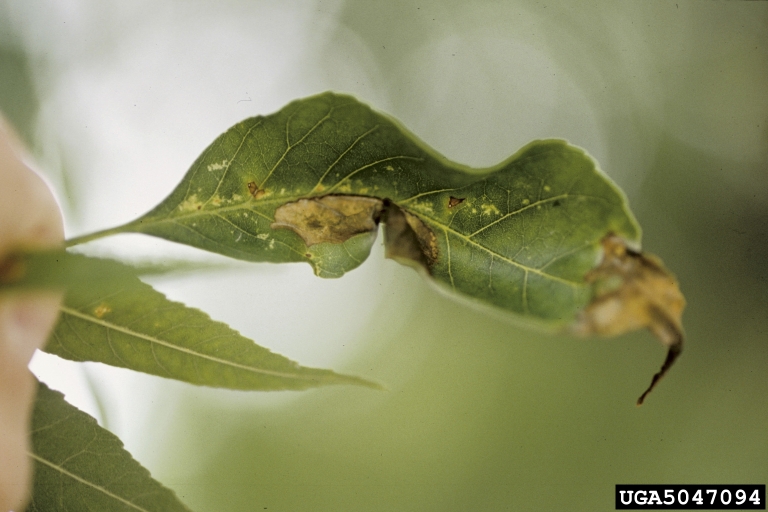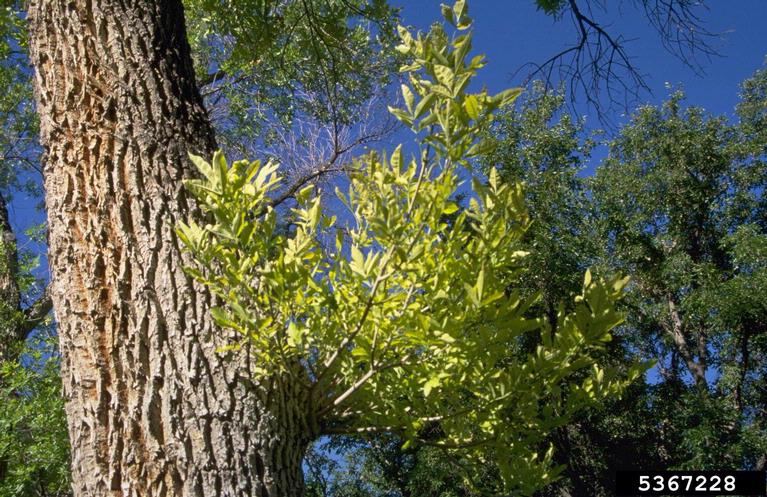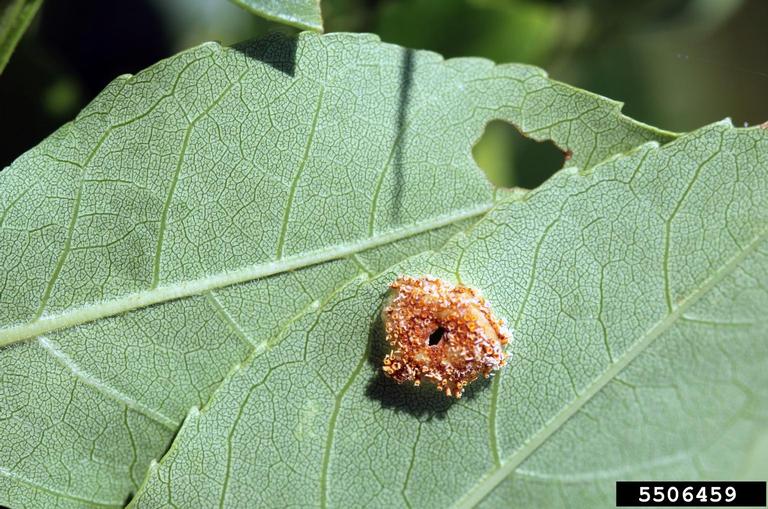Key Takeaways
- Early Detection is Critical
Common ash tree diseases like anthracnose, ash yellows, ash rust, and root rot each present distinct symptoms – from leaf spots to premature defoliation. Recognizing these early warning signs is essential for successful treatment. - Prevention Trumps Treatment
Many ash tree diseases can be prevented through proper care practices, including adequate drainage, appropriate fertilization with bio-stimulants, and regular preventative treatments. Some conditions, like ash yellows, have no cure once established. - Professional Diagnosis Matters
Different ash tree diseases require different treatment approaches, making accurate professional diagnosis crucial. While some conditions respond well to treatment, others may require tree removal to prevent spread to healthy trees.
Are you noticing unusual signs or symptoms on your ash tree? Because of the devastation caused by the invasive Emerald Ash Borer (EAB), any unusual symptoms on an ash tree may be an alarming sight. While EAB remains the largest threat of ash trees today, ash tree diseases can also pose a threat, and if left untreated, they can result in the tree’s decline. In this article, we’ll dive into the most common types of ash tree diseases, the symptoms to watch out for, and what you can do to prevent and treat them.
#1) Anthracnose

Photo credit: Joseph OBrien, USDA Forest Service, Bugwood.org
Anthracnose is one of the most common ash tree diseases. This disease is caused by fungi and affects the tree’s leaves, twigs, and bark, resulting in brown, black, or tan spots. In severe cases, it can lead to leaf loss and stunted growth. Diseases like anthracnose can weaken an ash tree, making it more susceptible to other issues. Prevention is the best medicine, and we recommend a systemic, preventive treatment once every few years to keep this disease from affecting your trees.
#2) Ash Yellows

Photo credit: William Jacobi, Colorado State University, Bugwood.org
Ash yellows is a type of ash tree disease caused by phytoplasma, a bacterial parasite that attacks the tree’s phloem tissues. The first signs of ash yellows include leaf discoloration, early leaf drop, and branch dieback. Unfortunately, there is no cure for ash yellows, and the infected tree should be removed and destroyed to prevent the spread of the disease.
#3) Ash Rust

Photo credit: Whitney Cranshaw, Colorado State University, Bugwood.org
Ash rust is a fungal disease that affects the tree’s leaves, causing yellow spots and premature defoliation. It’s more commonly found in wet and cool conditions, and the disease spreads rapidly through wind and rain. To prevent ash rust, avoid over-fertilizing your tree by opting for natural Bio-Stimulants instead and remove any infected leaves in the fall.
#4) Root Rot
Ash with oak trees, we see a lot of root rot in ash trees in our area, especially Armillaria root rot and Ganoderma root rot, Root rot is caused by waterlogged soil that suffocates the roots and causes them to rot. The first sign of root rot is a slow decline in the tree’s health, including yellowing leaves, stunted growth, and wilting. To prevent root rot, ensure that the soil around your ash tree is well-drained and that the tree receives enough sunlight.
Ash Tree Disease Treatment
If you notice any signs of ash tree diseases, the best thing to do is to call a professional arborist to diagnose and treat the problem. After identification and diagnosis, we use a customized combination of pruning, fungicides, and cultural practices to treat your tree’s problem and prevent the spread of the disease.
As you can see, ash tree diseases can cause severe damage to your ash trees. Prevention is always the best approach; ensure that your tree receives enough sunlight, water, and nutrients and keep the soil around it well-drained. If you suspect your tree is suffering from any ash tree disease, be sure to contact a professional arborist immediately to prevent the spread of the disease and any further damage. With a little care and attention, your ash tree can grow strong and healthy for years to come.


